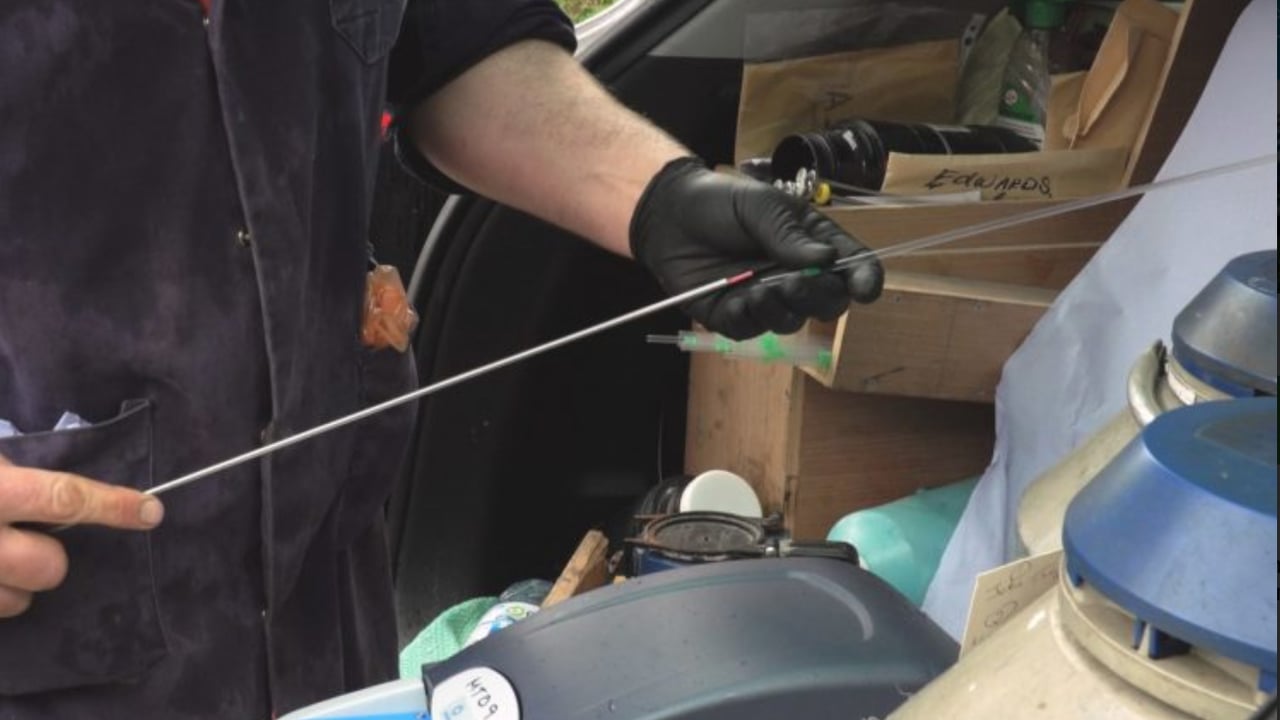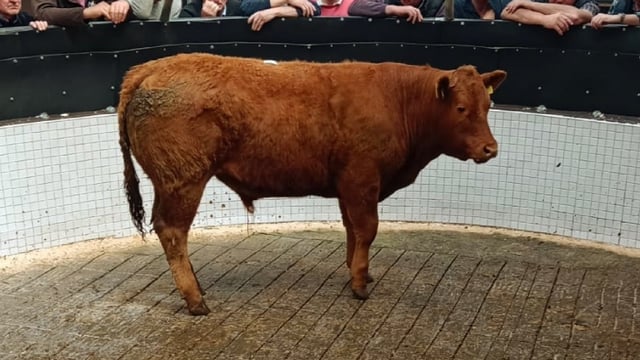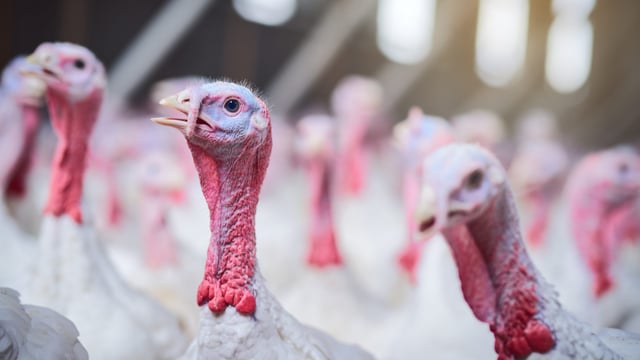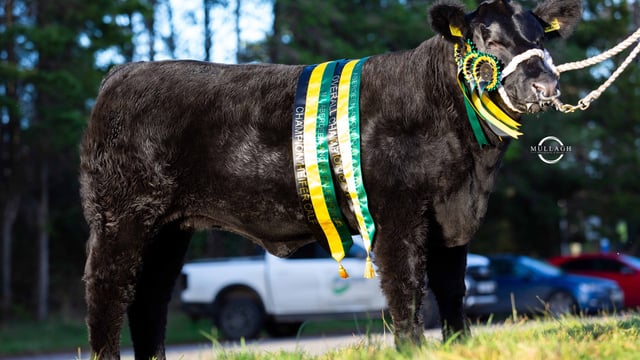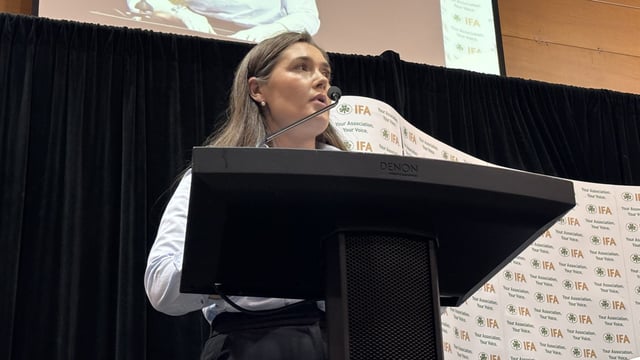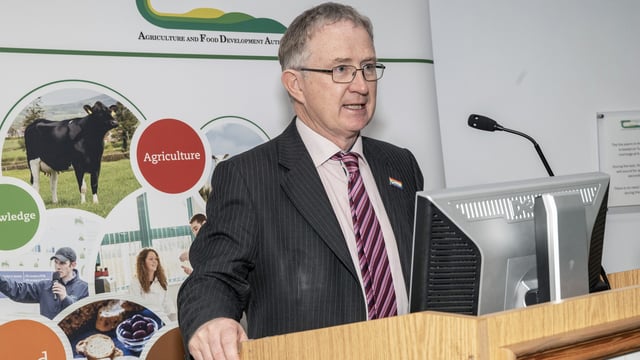Autumn calving: Breeding alongside the new EBI evaluations
Autumn calving is well underway, with over 30,000 dairy calves registered over the last month, meaning it will not be long before breeding begins.
October and early November calving cows are typically the most efficient winter milkers, so the majority of farms tend to breed their animals for then in an attempt to boost their winter milk contract.
That being said, farmers aiming for an October 1 target calving date will have to begin breeding from December 20.
Between now and then, managing the transition period, setting up an effective breeding programme, and securing adequate artificial insemination (AI) straws should be a priority on the farm.
Breeding season
The aim for most breeding programmes is usually to improve milk solids and fertility, but as weather patterns are changing and leading to poor grass growth over the last few years, a lot of farmers are putting an emphasis back on milk production due to the fact that they have struggled to build solids.
However, as the majority of farmers well know, breeding is a balancing game and farmers need to focus on improving their herd's genetic merit rather than individual traits.
With improving technology making breeding more accurate, genetic gain is far more achievable through practices such as sexed semen.
Most autumn calving herds do this primarily through the Economic Breeding Index (EBI) to improve efficiency, health, and longevity.
EBI
This is the first breeding season since the Irish Cattle Breeding Federation (ICBF) and Teagasc updated the dairy and beef evaluations.
This led to dairy farmers witnessing a €97 reduction in their herds figures overnight, though they were assured the value of their cows had not changed.
The conversion took place as part of a strategy to make the evaluations more accurate and relevant to today’s farming conditions and costs.
Some farmers may still feel confused when choosing bulls for this breeding season, but it is practically the same system just with new figures.
The base change is across the board, with little alterations such as heifer rearing costs moving from the Beef Sub-Index to the Maintenance sub-index.
| December 2024 values | December 2025 values | |
|---|---|---|
| EBI | €270 | €185 |
| Fertility sub-index | €120 | €78 |
| Production sub-index | €100 | €65 |
| Maintenance sub-index | €5-15 | €0-29 |
| Health sub-index | €5 | €11 |
| Carbon sub-index | €5-6 | €7-8 |
Farmers have been reminded that on the ICBF Active Bull list, the current EBI of the top 100 bulls will go from €325 to €243, with 79 of the bulls still remaining in the top 100 Active Bull List despite the €82 drop.
It has also been noted that the majority of bulls in the Active Bull List will have a negative milk kg Predicted Transmitting Ability (PTA), and over 60% of the herds will will be negative for milk kg.
At the time of the change, ICBF said that milk PTA is a good predictor of milk litres but for milk solids or value - instead they claimed milk sub-index is a very good predictor of milk value.
Those changes to PTA in the milk sub-index resulted in a €45 change in the milk sub-index and a €52 change in the fertility sub-index.
| Trait | Change in PTA |
|---|---|
| Milk Yield | -74Kg |
| Fat Kg | -7Kg |
| Protein Kg | -5.6Kg |
| Fat % | -0.07% |
| Protein % | -0.05% |
| Calving Interval | +2.66 days |
| Survival | -1.33% |
At the end of the day, farmers should be breeding as normal to find the balance while improving genetic gain.
Farmers are also being reminded of the simple things, such as not to breed replacements off cows with poor milk solids, poor fertility, or cows with persistent high somatic cell count (SCC) or chronic lameness.
Dairy farms must be conscious when selecting straws to ensure they are easy calving, especially if they are beef straws, remembering that every day extra a cow is not in milk will cost just shy of €10 at a time when every cent counts.

